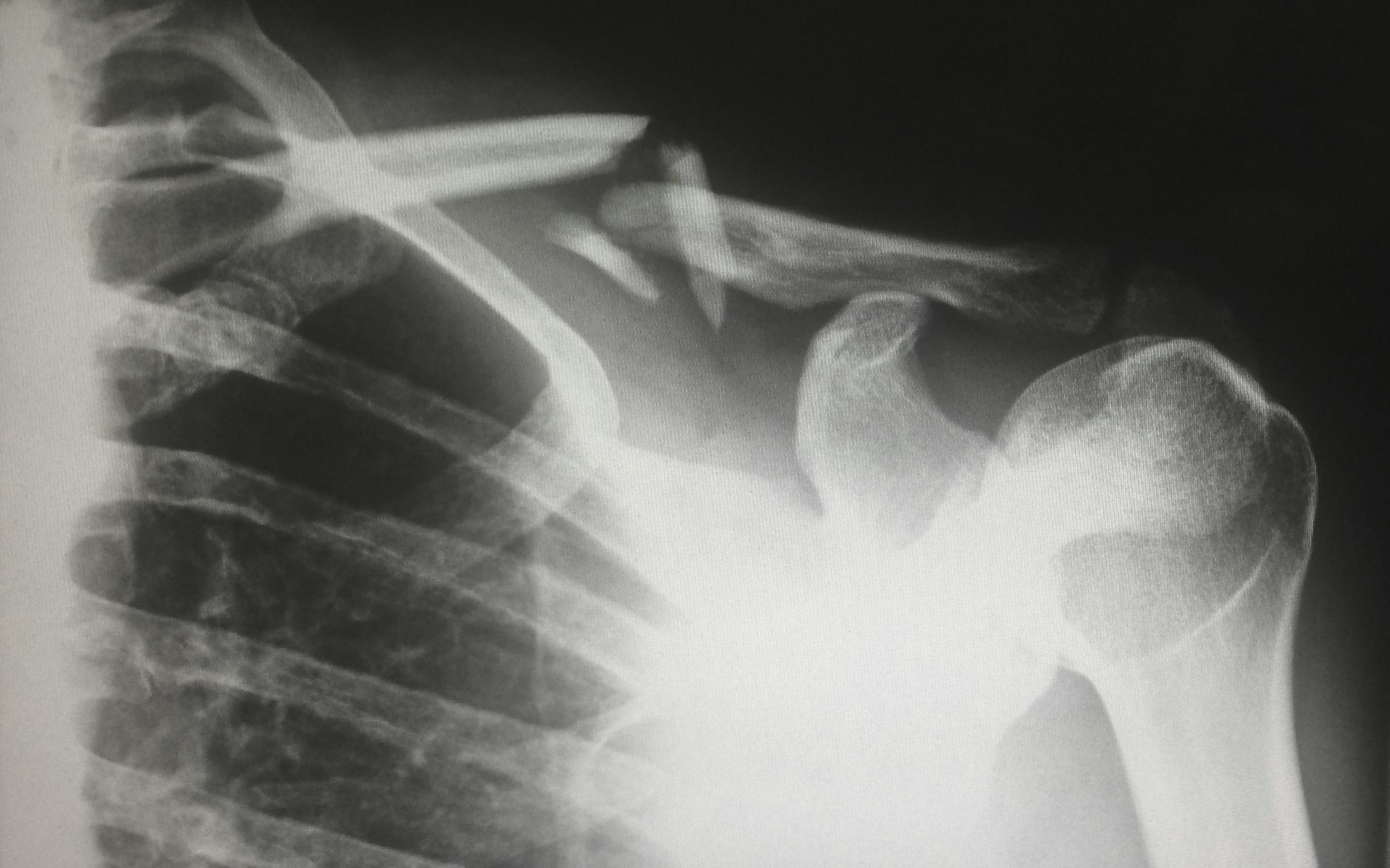Understanding Your Rights: A Comprehensive Guide to Personal Injury Claims in San Diego

Accidents and injuries are an unfortunate fact of life, which is why the insurance industry has become the behemoth that you see today. While they do provide you with some protection against liability events and the high costs of the medical system, many find that their coverage is inadequate to cover the full damages they have experienced in the wake of an accident.
In these circumstances, it may prove necessary to file a personal injury claim against the individual at fault or their insurer. This process is complicated and can involve an enormous amount of paperwork in order to prosecute successfully.
We understand that dealing with both an injury and a lawsuit is an extremely stressful experience, especially for those who have never filed suit before. This is why we have created a simple 5-step guide to help the typical Californian through the filing process. Let’s begin:
Step 1: Keep An Eye On The Calendar
Almost all laws have a certain time limit in which they can be enforced civilly due to the applicable statute of limitations. For personal injury cases against non-public entities, the statute of limitations to file a lawsuit for an adult is two years from when the injury causing event occurred. Initial claims against public entities must be filed within six months from the date of the incident.
This means that, even if you are recovering from the injury for a lengthy period, you or your loved ones will need to file within that window. This often means being in constant contact with insurance companies to communicate regarding the claim process and potential settlement figures before deciding to settle or file suit.
Step 2: Consult With An Attorney
It cannot be overstated that speaking with a law firm is the best way to proceed with your claim. Expert legal advice from a firm specializing in personal injuries will tell you if your case has legal grounds to move forward, what evidence you will need to keep track of, and who you will need to contact in the months ahead.
Personal injury cases primarily involve dealing with insurance companies, which are heavily incentivized to use all resources at their disposal to avoid paying damages. It can be a risky and daunting process. Enlisting the services of an attorney will provide you with a means to fight back and receive the damages you are entitled to.
Attorney Christopher Villasenor got his start in the insurance industry, which means its team of expert attorneys knows exactly what tricks and pressure insurers will use to avoid paying. By working with Law Offices of Christopher Villasenor, you gain the advantage of insider knowledge that can make the difference between a dismissal and a sizable settlement or court judgment.
Step 3: Documentation, Investigation, Preparation
A successful personal injury case must prove two primary factors: liability and damages. Depending on the strength of the evidence the investigation provides, the case may be settled without ever needing to go to court.
Liability determines who is responsible for something, whether it be a debt or an action that caused an accident resulting in injury or death. Determining liability in a personal injury case usually involves collecting evidence that proves the defendant’s action (or inaction) caused the injury.
Damages include past and future medical bills, pain and suffering, loss of income and earning capacity. Damages must be properly analyzed, accounted for and documented in order to be considered in the case. Many times, expert medical advice is required to prove causation for injuries and the need for medical care. Consult with an attorney to determine what medical treatment, proof and documentation you need to prove damages.

Step 4: Negotiations And Settlement
Once the investigation is complete, you or your legal counsel must submit a demand letter to the defendant that contains the calculated past and future damages. In most cases, this demand letter will be passed along to the defendant’s insurance company. In either case, they can respond and begin negotiations or not respond at all and the case can proceed into litigation.
Negotiations typically involve your legal representative talking with the adverse insurance claims representative and finding a sum of damages that is agreeable to both sides. It bears repeating here that insurance companies often have many trained negotiators on their payrolls that will attempt to reduce damages as much as possible and hiring a lawyer well versed in personal injury cases is always in your best interest.
Most personal injury claims end at this point, as litigation and trials are expensive and time consuming. If both parties fail to reach a negotiated settlement, then litigation is free to move forward.
Step 5: Litigation and Trial
Personal injury litigation is commenced by filing a lawsuit in civil court. The parties conduct written discovery, depositions and typically medical examination of the plaintiff. Trial involves the legal representatives of both parties presenting evidence and cross-examining witnesses to determine who is liable for the damages involved. A judge or jury hearing the case will take all evidence into account and then hand down a decision after both parties have concluded their arguments and remarks.
Depending on the evidence presented and nature of the injuries involved, the judge may reduce or increase the amount of damages awarded. This decision is often dependent on the skill and thoroughness of your legal counsel, who are the ones primarily responsible for collecting and presenting your evidence.
Damages
Damages are not limited to your medical bills and pain and suffering. For example, depending on the severity of the accident and the injuries involved, you may have missed work for a significant period of time, causing a loss of income and promotion opportunities.
Injuries can also cause further complications down the line that will cause further loss of earning capacity. Emotional distress is also a valid claim, as trauma may impact your ability to lead a similar lifestyle in the years after the injury or accident.
A full accounting of these damages is important for the negotiation process and, if necessary, the trial. Work with medical professionals and your attorney to get a full picture of the compensation you are entitled to.
Next Steps
If you or a loved one has been injured as a result of the actions or inactions of another, it is important to get the ball rolling on filing a claim as soon as possible. The team at Law Offices of Christopher Villasenor are available to discuss your case and ensure that you have a solid groundwork and will help you navigate through the complex waters of the insurance system from day one. Call today!
Disclaimer: The content of this website or any blog is for information or educational purposes only. Nothing on this website or blog should be considered legal advice for any individual case or matter. This information is not intended to create, and receipt or viewing does not constitute an attorney-client relationship.
